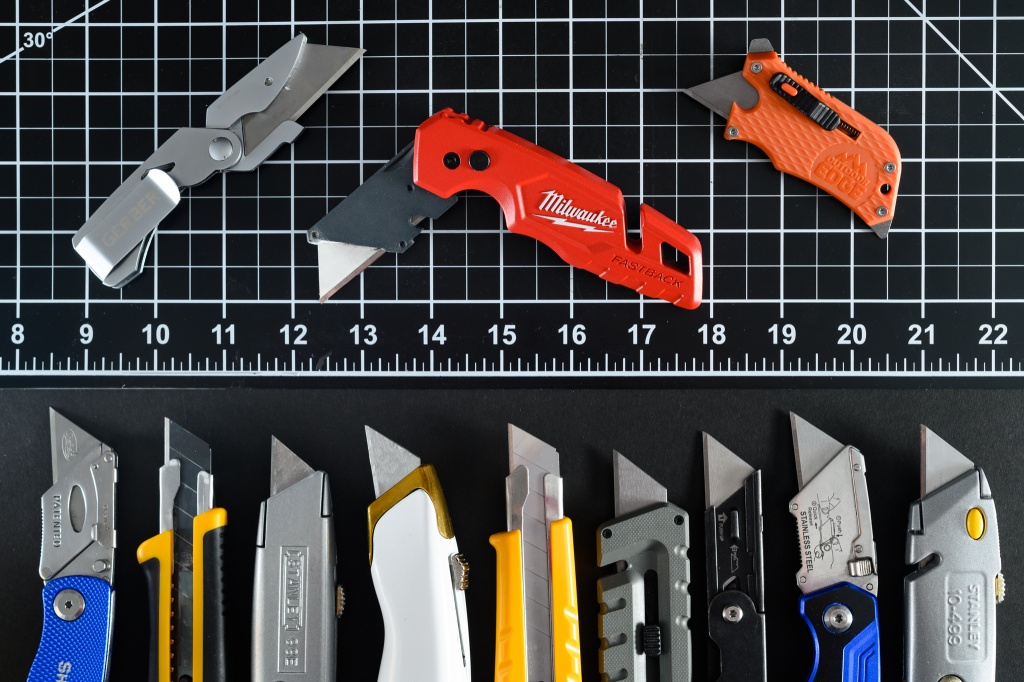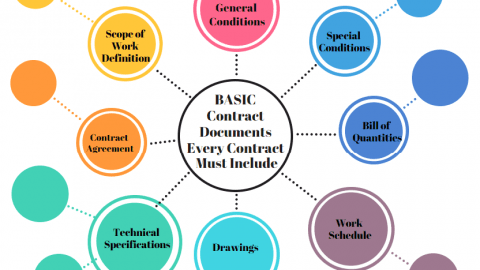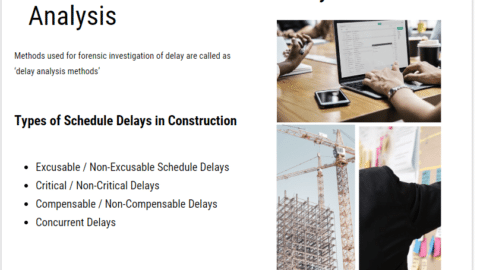Six Pieces of Equipment Every Contractor Should Have
No matter what line of contracting work you’re, having the right contractor equipment for the job can save you effort, time, and money. And there are some pieces of equipment that come in handy in almost any project or situation. So, what are they? In this article, we’ll share six pieces of equipment every contractor should have. And how to choose contractor equipment with details.
Table of Contents
What is the most used tool in construction?
One of the most commonly used tools in construction is the hammer. It is versatile and essential for tasks such as driving nails, removing nails, and general demolition work. Hammers come in various sizes and designs to suit different construction needs and are a staple in every contractor’s toolbox.
What do builders use?
Builders use a wide range of tools and equipment, including power tools like drills, saws, and nail guns for cutting and fastening materials. They also use hand tools such as tape measures, levels, hammers, screwdrivers, and wrenches for measuring, aligning, and assembling structures. Additionally, builders utilize specialized tools based on the specific construction tasks they perform.
-
Personal Protective Equipment (PPE) Essential Equipment for Contractor
At a minimum, you need to be wearing a hard hat, safety glasses, heavy-duty boots and hi-vis vest at all times when carrying out work for safety. It’s also a good idea to wear hearing protection to guard against the many high-decibel noises that can cause hearing damage on the job. Depending on the exact details of your work and the potential hazards present, you might need to wear additional pieces of personal protective equipment.
-
Multi-tool
An oscillating multi-tool can is a versatile tool that covers a huge variety of woodworking or metalworking uses, including sanding, grinding and sawing. Having this multi-functional piece of equipment to hand removes the need for multiple single-function tools, saving you money. For example, power tile wet saws are essential tools for precision cutting of tiles, ensuring clean and accurate edges. These saws utilize water to cool the blade and minimize dust, providing a smooth and efficient cutting experience.
-
Backup power supplies
You don’t want your work to be disrupted by power outages or batteries running out of charge when using your Equipment for Contractor. Make sure you have enough backup power products to keep your equipment running and stay productive on the job.

-
Tape measure
Used to gauge distances, a tape measure comes in handy when working with wood, drywall, carpet and pretty much anything else too. You never know when you’re going to need to take a measurement, so it pays to have one handy on every job, no matter how big or small. Many models come with convenient attachments for clipping to your belt, reflecting the fact that most contractors need quick access to one at all times.
-
Level
Whenever you need to ensure that things are parallel, you want to have a level handy. Some common situations include hanging shelves or installing cabinets, but these useful tools can be used in a huge list of scenarios. If you want to ensure flawless accuracy, consider investing in a laser level. These have the additional function of checking heights and aligning objects using rays of light in the blink of an eye.
-
Utility knife Equipment for Contractor

A heavy-duty utility knife is invaluable on the job. You can use them to cut through drywall, plastic, wallpaper, boxes and much more. Since the blades are endlessly replaceable, the tool should last through many jobs even when used hard – as long as you choose one with a durable body. Tools like these power tile wet saws will also come in handy.
Remember that this list is not exhaustive, and the specific tools and equipment you need may vary depending on your trade and the projects you undertake. It’s essential to assess your needs and acquire the tools and equipment that will help you perform your work efficiently and safely. Which of these essential pieces of equipment do you need to get before your next job?
When choosing contractor equipment, there are several important factors to consider.
Here are some key aspects to pay attention to when choosing contractors equipment:
- Quality and Durability: Look for equipment that is well-built and made from high-quality materials. Contractors often work in demanding environments, so you’ll want tools and equipment that can withstand heavy use and last for a long time. Read reviews, check the reputation of the manufacturer, and consider investing in reputable brands known for their durability.
- Safety Features: Safety should be a top priority when selecting contractor equipment. Ensure that the tools and equipment you choose have appropriate safety features and meet industry standards. Look for safety certifications or labels, such as UL (Underwriters Laboratories) for electrical equipment, and check if the equipment complies with relevant safety regulations.
- Ergonomics: Consider the ergonomics of the tools and equipment you’re considering. Ergonomically designed equipment reduces strain and fatigue, improving comfort and productivity. Look for features like comfortable grips, adjustable handles, and balanced weight distribution.
- Compatibility and Versatility: Assess whether the equipment you’re considering is compatible with your existing tools and systems. Compatibility can save you time and money by allowing you to use interchangeable components or accessories. Additionally, versatility is valuable as it allows you to use the equipment for a range of tasks, reducing the need for multiple specialized tools.
- Maintenance and Serviceability: Consider the ease of maintenance and serviceability of the equipment. Check if spare parts are readily available, and if there are authorized service centers or technicians in your area. Easy access to maintenance and repair services can minimize downtime and keep your equipment in good working condition.
- Cost and Value: Evaluate the cost of the equipment in relation to its quality and features. While it’s important to consider your budget, prioritize value over the cheapest option. Investing in higher-quality equipment may save you money in the long run through increased durability and improved performance.
- Warranty and Support: Check the warranty offered by the manufacturer or supplier. A good warranty provides peace of mind and indicates the manufacturer’s confidence in their product. Additionally, consider the availability and responsiveness of customer support in case you encounter any issues or have questions.

Victor Z Young is a Civil Engineer with 35 years of experience working alongside the executive team of various construction companies. Victor specializes in construction insurance, delay analysis, performance analysis and engineering. He holds a Doctor of Project Management from Northwestern University.











Thankyou